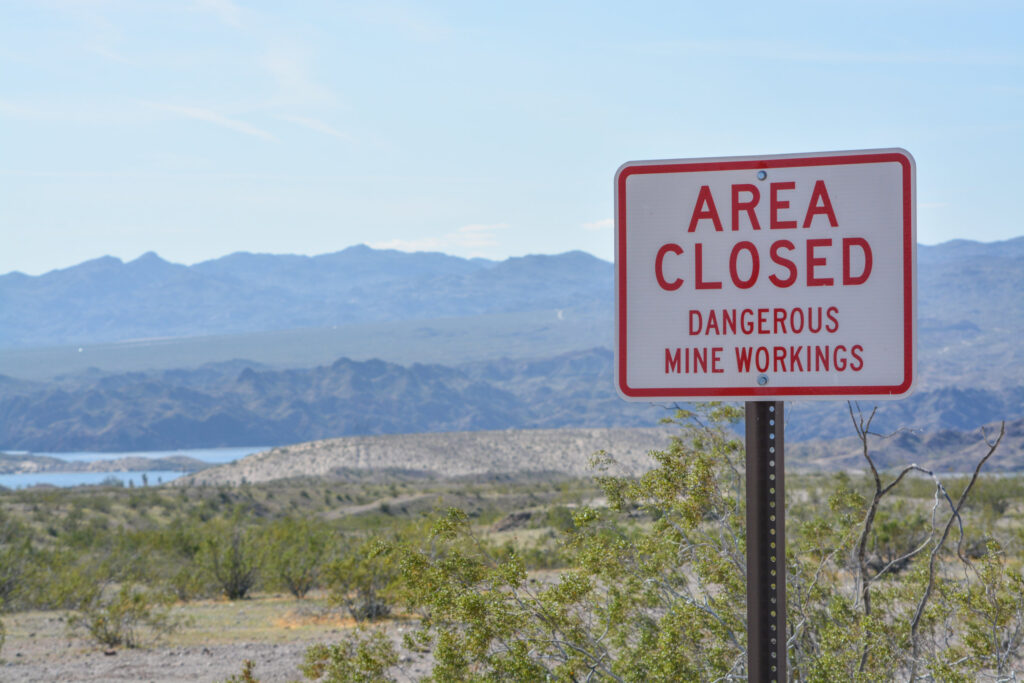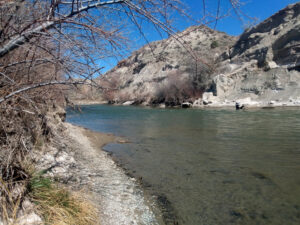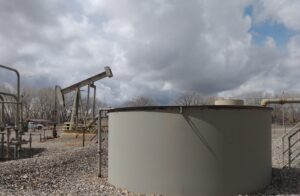State seeks to reduce risk of abandoned mines
4 min read
Last year in the area near Orogrande in Otero County, a motorcyclist was killed when he ended up in an abandoned mine, according to Jerry Schoeppner, the Mining and Minerals Division director for the New Mexico Energy, Minerals and Natural Resources Department.
Abandoned hard rock mine sites throughout the state can create dangerous conditions for people and the environment, but the funding that the Mining and Minerals Division relies on to clean up these sites is limited and will expire in September. Additionally, the state does not know exactly how many mines are located in New Mexico.
Schoeppner is hopeful that the funding will be reauthorized and that New Mexico could even possibly see an increase in funding.
A $1 trillion federal infrastructure bill introduced in Congress this week would, if passed, ensure funding for the mine cleanup for the next 15 years. Additionally, it would provide the Abandoned Mine Reclamation Fund with about $11.3 billion, which would be divided between states and tribal nations.
After the motorcyclist’s death, the U.S. Bureau of Land Management and the state Mining and Minerals Division installed fencing and signs in the Orogrande area in an attempt to, at least temporarily, make the landscape safer for people recreating.
Schoeppner said there are a lot of mining features in New Mexico that are located in remote areas where people recreate.
“We have a very good handle on what’s out there in terms of uranium sites, but we do not as far as hard rock, so that’s a huge data gap that we’d like to fill,” he said.
Schoeppner said the mining division is also working to inventory the hardrock mines in New Mexico, much in the same way that it completed an inventory of uranium mines. This will give the division an idea of the scope of the work needed across the state.
An inventory of the existing sites in the state would help the Mining and Minerals Division create a prioritization system. Currently, he said, as the Mining and Minerals Division becomes aware of mine sites, it prioritizes clean up based on risk to human health and the environment, proximity to communities and possible impacts to groundwater or surface water.
Schoeppner said the Mining and Minerals Division would like to have a comprehensive listing of mines in New Mexico including who last owned the mine claim and if they can provide any funding for the reclamation, he said.
He said the BLM’s Las Cruces office began an inventory of abandoned sites but ran out of funding.
“We’re hoping to get some funding from the infrastructure bill to do some of that work,” he said. “We also have a potential of getting some youth conservation corps money to do some of that work.”
Cleaning abandoned mine sites takes a lot of work up front from the Mining and Minerals Division including identifying the sites and designing what type of safeguarding will be used. For example, in areas where bats use the caves, bars are placed over the entrances to allow the bats to come and go while keeping people out of the potentially dangerous structures. Additionally, Schoeppner said the division also has to obtain the right to enter the property and must hold public meetings before taking action.
Fortunately, he said, New Mexico’s mine sites do not tend to have pools of ground water built up in them and are not at risk of mine spills like the Gold King Mine spill that occurred in 2015 in southern Colorado and impacted the Animas and San Juan rivers in New Mexico.
Instead, the main danger associated with mine sites in New Mexico is that people or wildlife could be injured or killed.
The Mining and Minerals Division and the BLM contracted with four different companies starting in 2014 to complete six phases of work in the Cookes Peak area in southern New Mexico. Since the work began, more than 300 mine openings have been addressed. These mine openings were located on the north and east sides of the prominent mountain.
Schoeppner said crews have finished up the fourth phase of the project.
The discovery of silver and lead in 1876 in the Cookes Range led to large-scale mining. The mining for lead, zinc and silver ended in 1929 but mining for fluorspar and base-metal production continued until 1965, according to an EMNRD press release.
From 1876 until 1952, mining for zinc, lead, copper, gold and silver generated $4.2 million, according to EMNRD.
The summit of Cookes Peak is more than 8,400 feet above sea level and the mountain is a prominent feature that can be seen from Silver City and Las Cruces.
“It’s a peak, so a lot of people get to the base of the peak and they like to hike it,” Schoeppner said. “Unfortunately, the road going to it on the east side of the mountain goes right through several old mine features—adits, holes in the ground, shafts—all of those things present a danger for people going by.”
Schoeppner said he doesn’t know how much it will cost to clean up all the abandoned hard rock mines in New Mexico.
“A number is really hard to come by, all we can say is it’s going to be a big one,” he said.
As long as there are open mine shafts and other types of features, the legacy of mining will continue to pose threats to people recreating.
One reason these features are dangerous is that people are curious and will go inside.
Schoeppner said people should be careful when recreating near abandoned mine sites and, if they want to check out a mine, they should visit one like the Harding Pegmatite Mine near Dixon, which is managed by the University of New Mexico and allows people to safely view the site.
This article was originally posted on State seeks to reduce risk of abandoned mines






